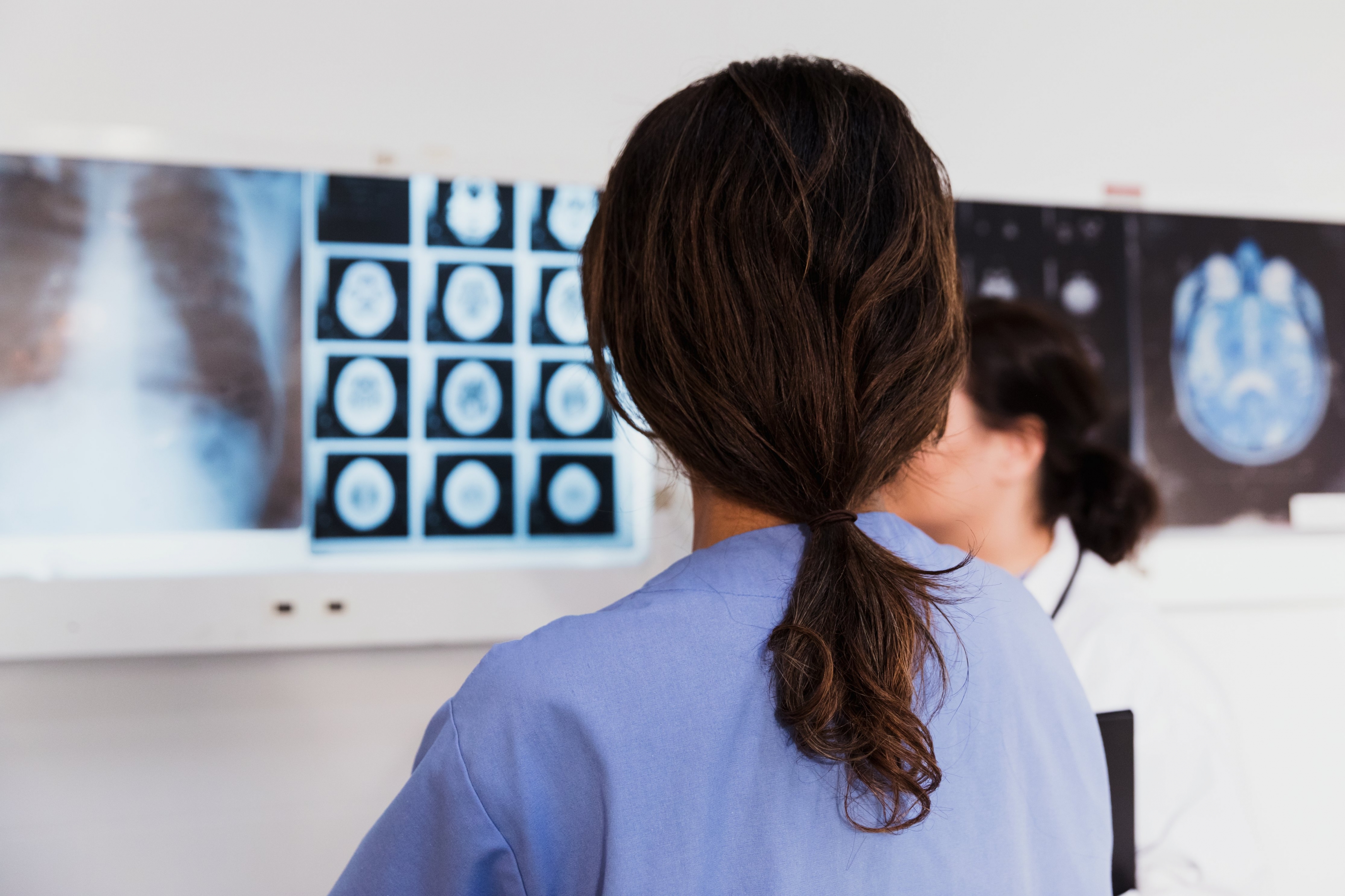
If you would like to learn more about the IAEA’s work, sign up for our weekly updates containing our most important news, multimedia and more.

Bone Studies
SYNOPTIC - STRUCTURED REPORT - KEY ELEMENTS
STRUCTURED TEMPLATES
The written report is the final product of the Nuclear Medicine consultation. Reports must contain specific information to identify the patient, the specific procedure, indications for the examination, radiopharmaceutical used and activity administered, route of administration, interval between tracer administration and imaging, succinct technical information about data acquisition and processing (especially the use and dose of additional drugs such as adenosine, CCK, morphine, lasix, etc), specific image and data analysis findings, and a conclusion.
The report should be concise, clear and specific. Standard anatomic designations and physiologic descriptors should be used. Jargon terms, such as "defect" or "photopenia", should not appear in the report. When possible, lesions should be specifically enumerated, physical size measured, and uptake quantified. When lesions are very numerous, the major areas of involvement should be specifically identified. When previous examinations are available, the improvement, progression or stability of disease should be identified. Examples of specific reports are contained with a description of each of the imaging procedures.
GENERAL STRUCTURE
The following elements should be included in all reports:
Patient identifier: Name, gender, birth date, medical record number?
Date procedure started and date reported
Procedure Title
Indication: Brief statement of clinical problem and question to be answered
Technical factors: Radiopharmaceutical, dose, route of administration, type of scan, interval between injection and imaging, interventions
Reference to prior examination of the same type
Reference to other procedures
Findings: Address clinical question first.
Interpretation: As definitive as possible and avoid repetition of findings.
BONE SCAN PERFORMED [date]
Clinical Statement: 60 year old woman with breast cancer and new back pain
Comparison: No prior scan available
Correlation: CT of the chest, abdomen and pelvis performed [date]
Procedure: Approximately 4 hours after intravenous injection of 25 mCi of?99mTc-MDP, total body images, supplemented by spot views of head and chest (SPECT, SPECT/CT) were recorded.
Findings:
Skull: Symmetric uptake in the skull with no focal lesions.
Spine and Ribs: Three focal lesions involving T5, T7, and T9 vertebrae and the seventh, eighth, and ninth right lateral ribs. These lesions correlate with lytic findings on the recent CT.
Pelvis: No abnormal uptake.
Extremities: No abnormal uptake.
Soft Tissue: No abnormal uptake.
Kidneys: Both kidneys are seen.
Impression: Focal lesions in thoracic vertebrae and ribs suggest osseous metastatic involvement.
THREE PHASE BONE SCAN PERFORMED [date]
Clinical Statement: 60 year old woman with breast cancer, with acute pain and swelling of the left arm
Comparison: None
Correlation: None
Procedure: Serial images of the left forearm were recorded immediately after intravenous injection of 20 mCi of?99mTc-MDP. Approximately 4 hours later, additional spot views of the left forearm and total body images were recorded.
Findings: Markedly increased perfusion, increased uptake on the immediate static images as well focal uptake on the 4 hour images of the left mid radius. The remainder of the tracer distribution is physiologic.
Impression: Probable osteomyelitis of the left mid radius.
RED MARROW SCAN PERFORMED ON [date]
Clinical Statement: A 22 year old man with persistent anemia.
Radiopharmaceutical: 10 mCi?99mTc-Sulfur colloid injected intravenously.
Procedure: Approximately 30 minutes after intravenous injection of the tracer, anterior and posterior whole body images were recorded.
Findings: There is decreased tracer uptake in the spine and pelvis. Increased tracer uptake is present in the mid and distal femora, and in the distal humeri, suggesting bone marrow expansion. There is increased tracer uptake in the spleen compared to the liver on the posterior view. The spleen is enlarged, measuring 14 cm in its longest vertical axis.
Conclusion: Extramedullary hematopoiesis.
